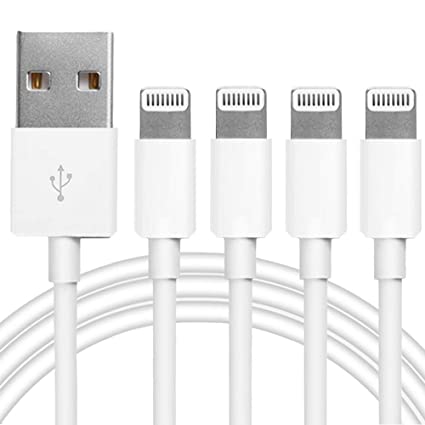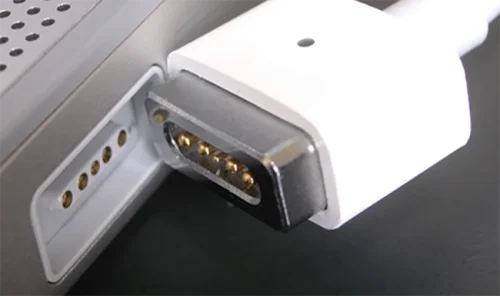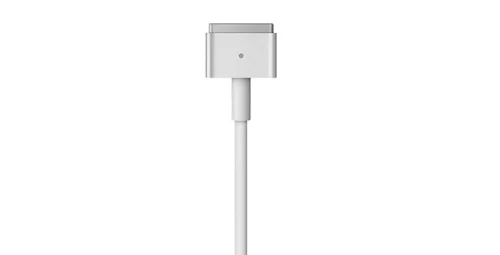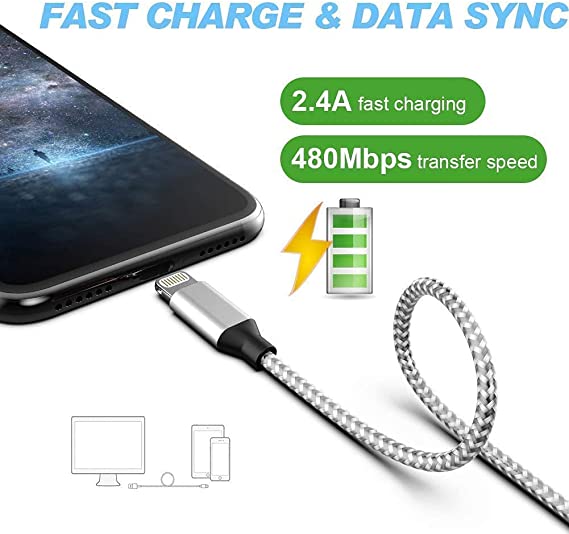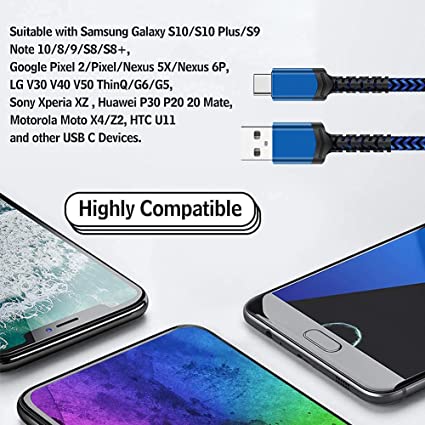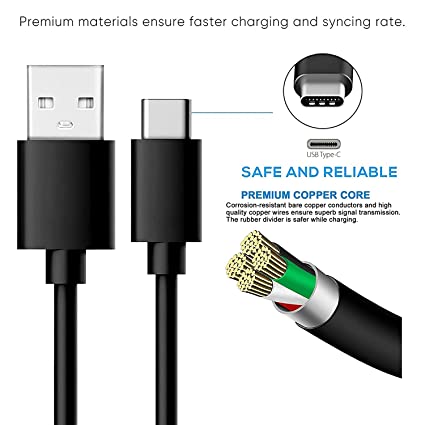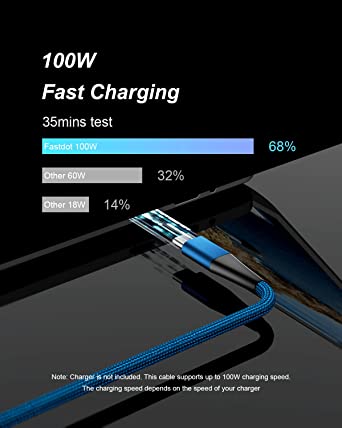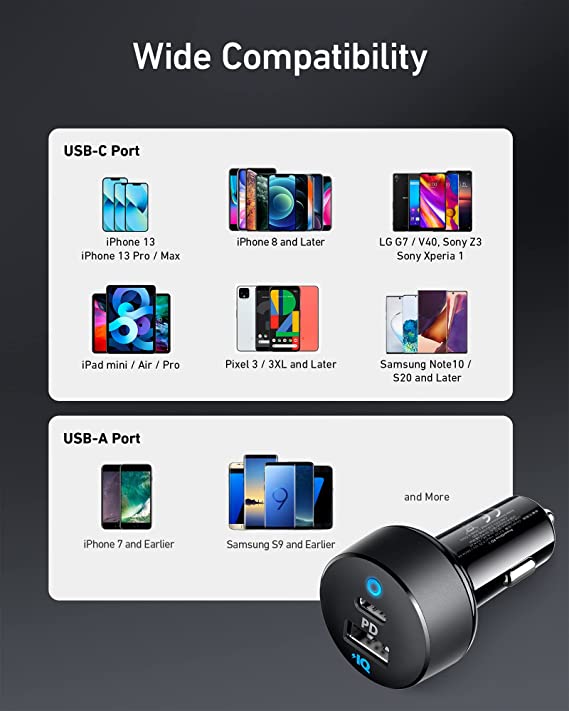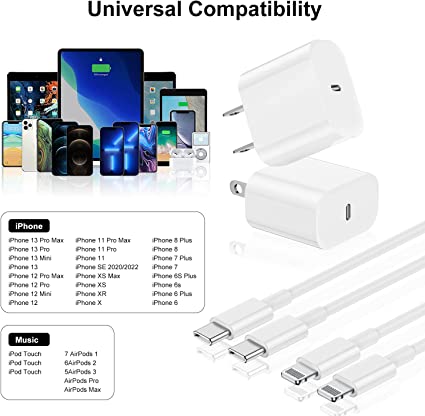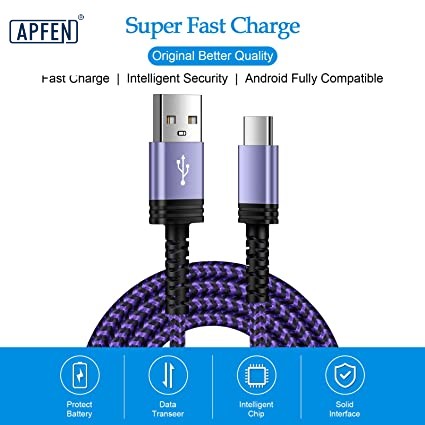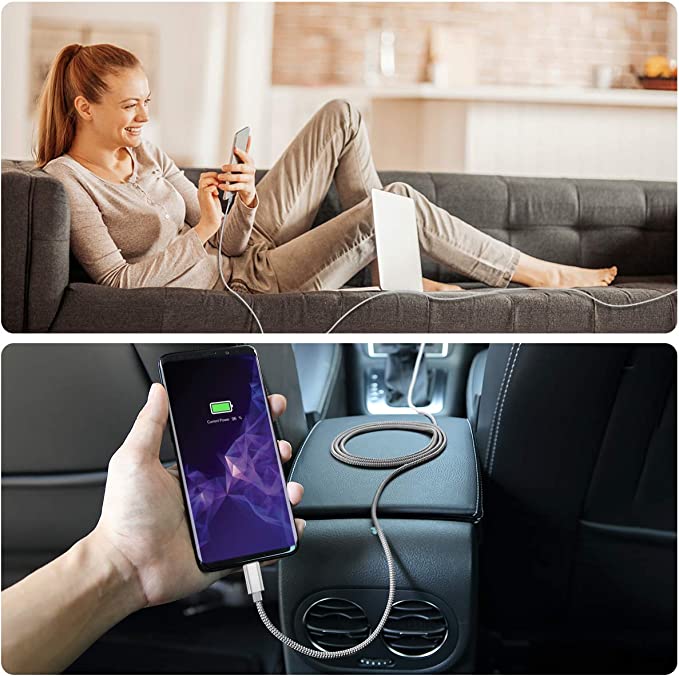The iPhone and iPad both include a Lightning cable and a charger that is used to connect the USB end of the cable into a power outlet. The fast charging cable is a no-brainer, but which one is it? And do you even own one? If you are never quite sure how to find your fast charger, you’re in luck.The charging cable always breaks when we really need it, or when we only have one cable at that time. The Complete Buying Guide of Best Iphone Charging Cables
lightning cable supplier, The USB-A to Lightning is a much more widely used and recoginsable cable, Making use of the traditional USB-A connection, this type of cable utilises USB 2.0 technology. As a result of older technology, these cables are not capable of the fast charging times that USB-C cables are capable of. USB-C to Lightning cables are capable of providing up to 100W of power. This means iPhone users are able to take adavantage of fast-charging technology, which as it suggests mean iPhone’s are able to charge at a much faster rate.
How to Choose the Right Lightning Cable, First and foremost, choose Lightning cables made by Apple, or MFi certified cables from third party manufactures for quality and longevity (MFi is short for Made for iPhone, iPad, and iPod and is Apple’s licensing program for developers and manufacturers). An MFi certified product will have a logo as follows. You can go to Apple official MFi website to check out whether a product is truly MFi certified.
MFi stands for Made For iPhone/iPad/iPod.Products that are certified by MFi mean they are qualified for numerous rigorous tests designed by Apple. If you don’t need fast charging or don’t have a lot of USB-C devices, then you can simply choose normal UBS-A to Lightning cables (just like the in-box cable that comes with the iPhone), which will provide a maximum 12W (5V/2.4A) charging speed with the right charger. 18W may seem not that powerful, but it will save you quite some time compared to normal 5V/1A or 5V/2A charging, especially when you are using your iPhone while charging.
You can also choose cable with nylon braid material. Nylon braided cables are superior, the woven exterior of the cable prevents from tearing and fraying from everyday use, it also withstands from extreme pull. There are Lightning cables with integrated adaptors for better versatility, cables with different length for different scenarios, and cables with metal tips and nylon/Kevlar sleeves for extra durability. You can decide whether to pay a premium for those added features.

